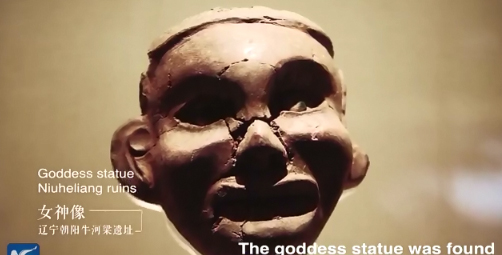
With rich salt resources, Markam county in Southwest China’s Tibet Autonomous Region has more than 3,000 salt pans near the Lancang River to evaporate brine in the sun, an ancestral technique dating back to the Tang Dynasty (618-907) and the oldest method of salt production. This salt evaporation method was listed as one of China's National Intangible Cultural Heritage in 2009. (Photo: China News Service/Ji Xiang)
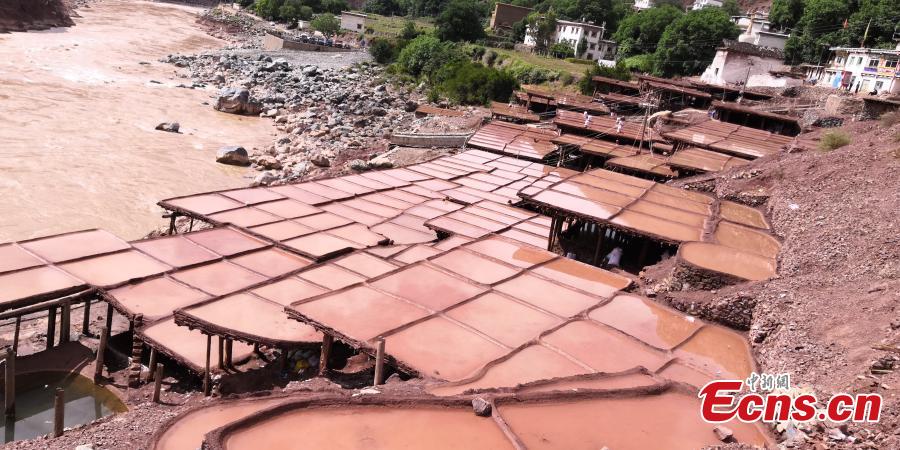
With rich salt resources, Markam county in Southwest China’s Tibet Autonomous Region has more than 3,000 salt pans near the Lancang River to evaporate brine in the sun, an ancestral technique dating back to the Tang Dynasty (618-907) and the oldest method of salt production. This salt evaporation method was listed as one of China's National Intangible Cultural Heritage in 2009. (Photo: China News Service/Ji Xiang)
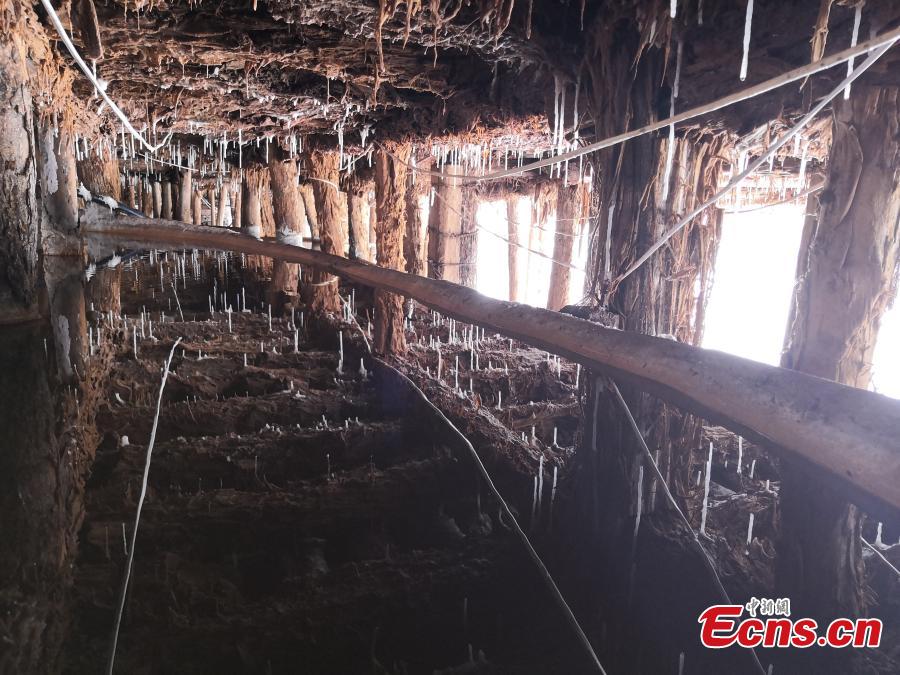
With rich salt resources, Markam county in Southwest China’s Tibet Autonomous Region has more than 3,000 salt pans near the Lancang River to evaporate brine in the sun, an ancestral technique dating back to the Tang Dynasty (618-907) and the oldest method of salt production. This salt evaporation method was listed as one of China's National Intangible Cultural Heritage in 2009. (Photo: China News Service/Ji Xiang)
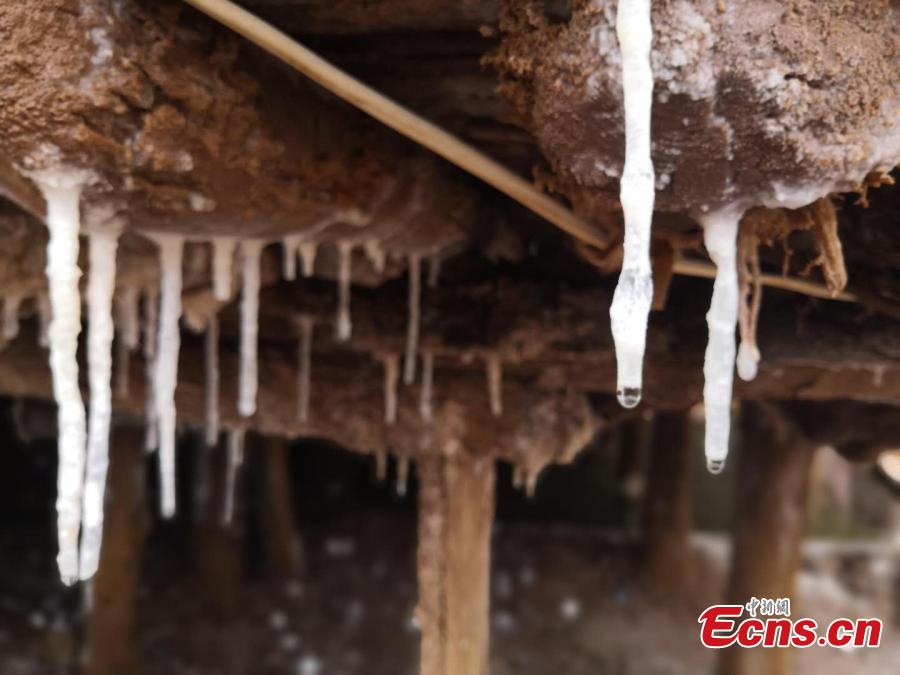
With rich salt resources, Markam county in Southwest China’s Tibet Autonomous Region has more than 3,000 salt pans near the Lancang River to evaporate brine in the sun, an ancestral technique dating back to the Tang Dynasty (618-907) and the oldest method of salt production. This salt evaporation method was listed as one of China's National Intangible Cultural Heritage in 2009. (Photo: China News Service/Ji Xiang)
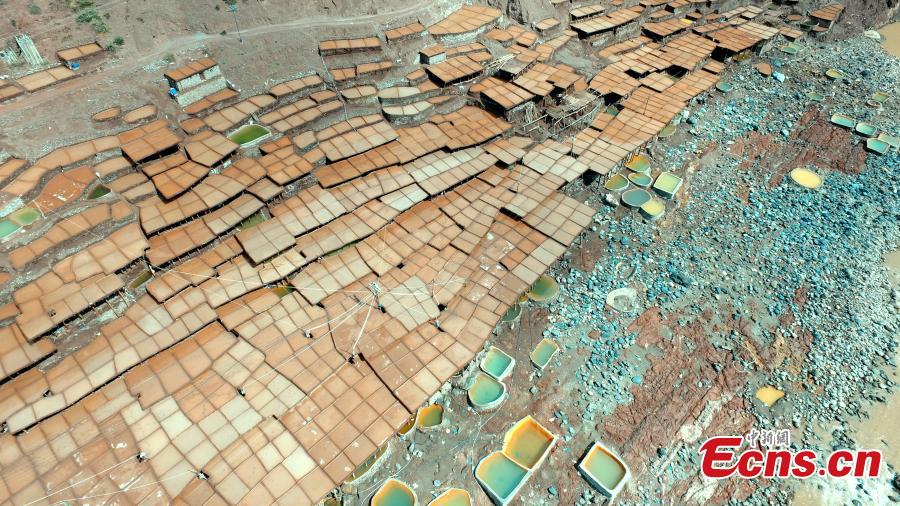
With rich salt resources, Markam county in Southwest China’s Tibet Autonomous Region has more than 3,000 salt pans near the Lancang River to evaporate brine in the sun, an ancestral technique dating back to the Tang Dynasty (618-907) and the oldest method of salt production. This salt evaporation method was listed as one of China's National Intangible Cultural Heritage in 2009. (Photo: China News Service/Ji Xiang)
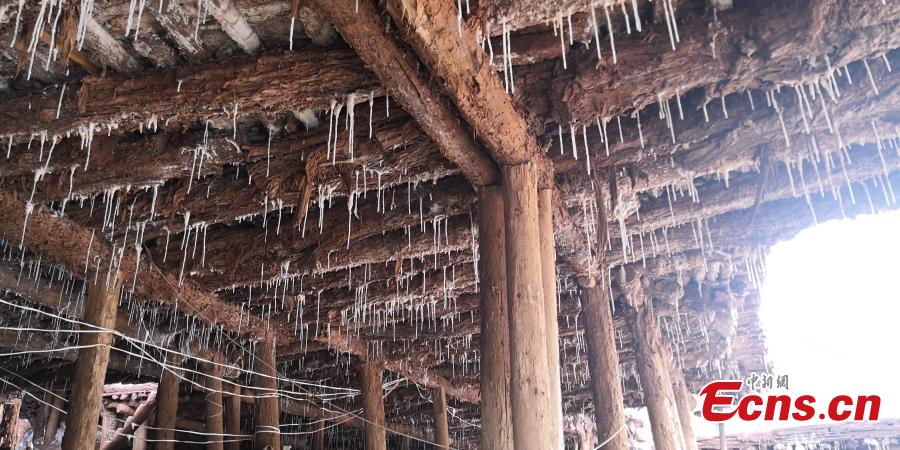
With rich salt resources, Markam county in Southwest China’s Tibet Autonomous Region has more than 3,000 salt pans near the Lancang River to evaporate brine in the sun, an ancestral technique dating back to the Tang Dynasty (618-907) and the oldest method of salt production. This salt evaporation method was listed as one of China's National Intangible Cultural Heritage in 2009. (Photo: China News Service/Ji Xiang)
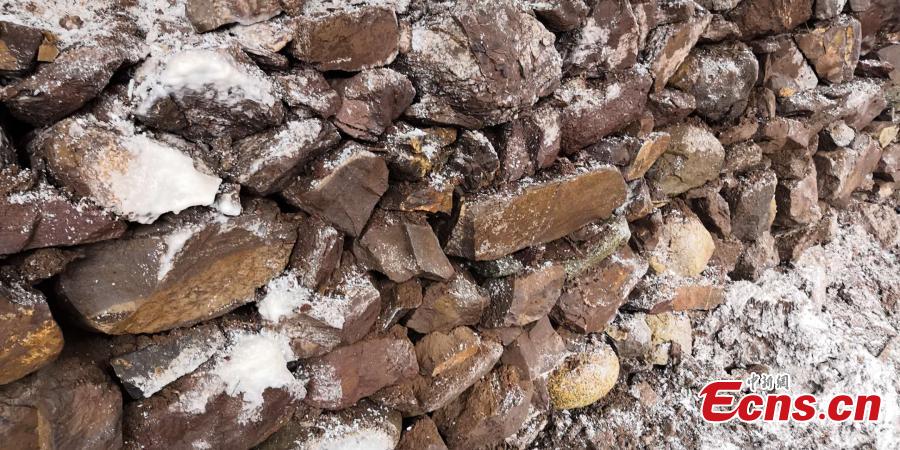
With rich salt resources, Markam county in Southwest China’s Tibet Autonomous Region has more than 3,000 salt pans near the Lancang River to evaporate brine in the sun, an ancestral technique dating back to the Tang Dynasty (618-907) and the oldest method of salt production. This salt evaporation method was listed as one of China's National Intangible Cultural Heritage in 2009. (Photo: China News Service/Ji Xiang)
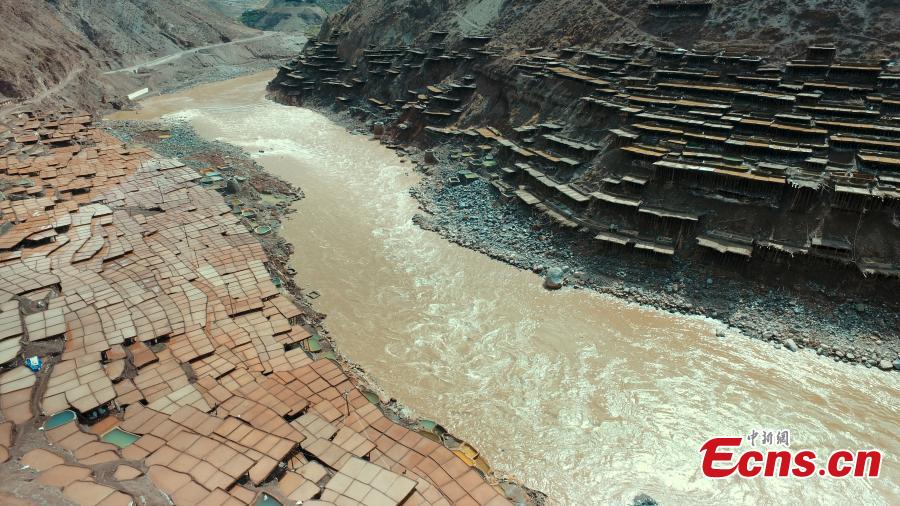
With rich salt resources, Markam county in Southwest China’s Tibet Autonomous Region has more than 3,000 salt pans near the Lancang River to evaporate brine in the sun, an ancestral technique dating back to the Tang Dynasty (618-907) and the oldest method of salt production. This salt evaporation method was listed as one of China's National Intangible Cultural Heritage in 2009. (Photo: China News Service/Ji Xiang)
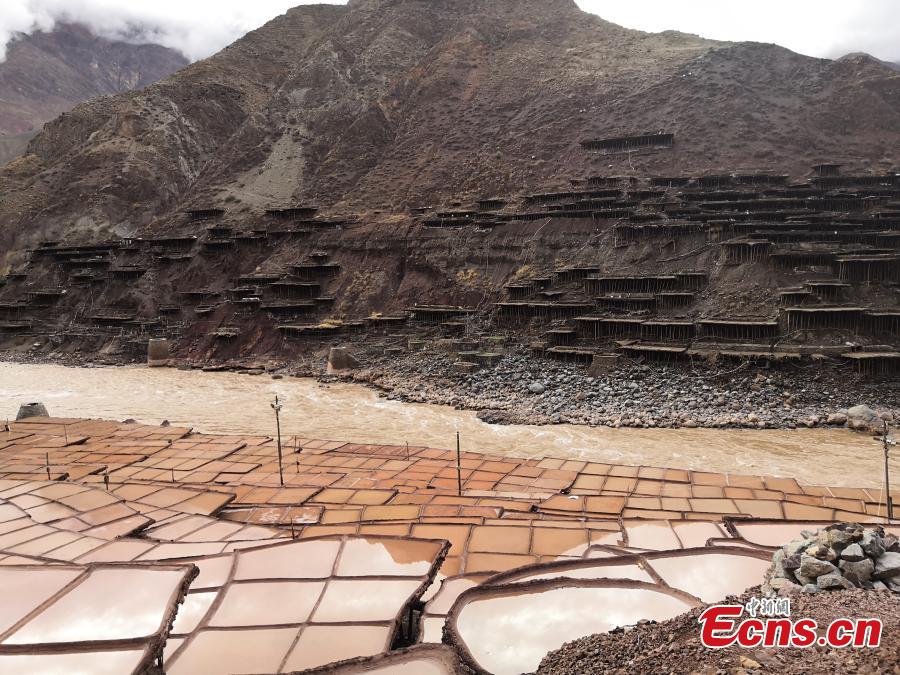
With rich salt resources, Markam county in Southwest China’s Tibet Autonomous Region has more than 3,000 salt pans near the Lancang River to evaporate brine in the sun, an ancestral technique dating back to the Tang Dynasty (618-907) and the oldest method of salt production. This salt evaporation method was listed as one of China's National Intangible Cultural Heritage in 2009. (Photo: China News Service/Ji Xiang)
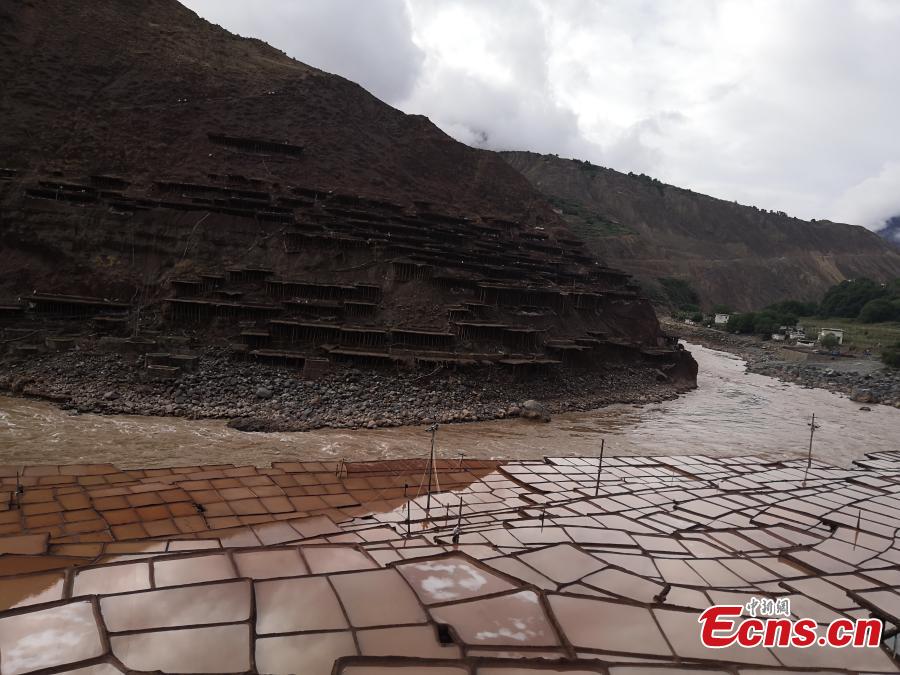
With rich salt resources, Markam county in Southwest China’s Tibet Autonomous Region has more than 3,000 salt pans near the Lancang River to evaporate brine in the sun, an ancestral technique dating back to the Tang Dynasty (618-907) and the oldest method of salt production. This salt evaporation method was listed as one of China's National Intangible Cultural Heritage in 2009. (Photo: China News Service/Ji Xiang)


















